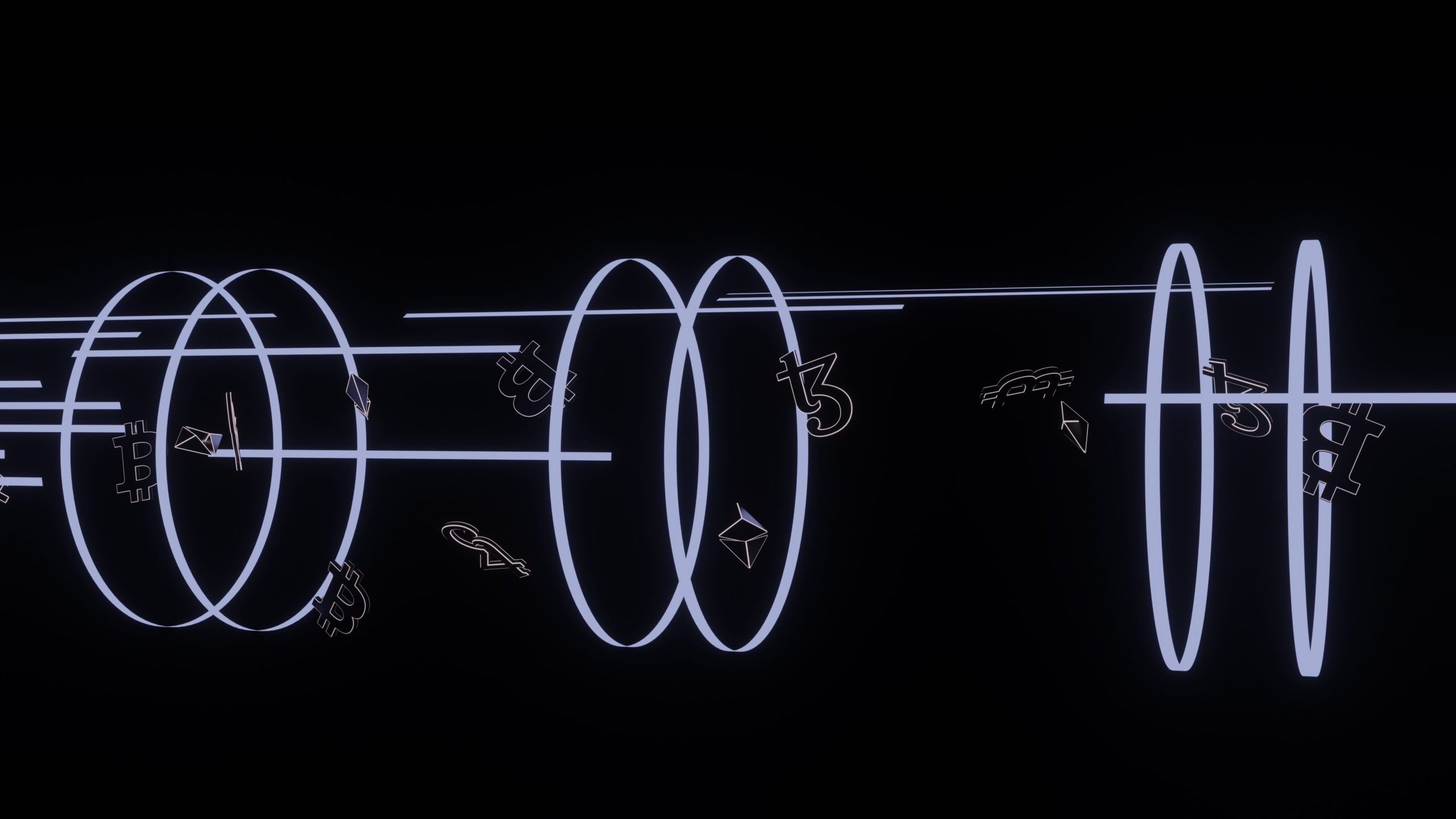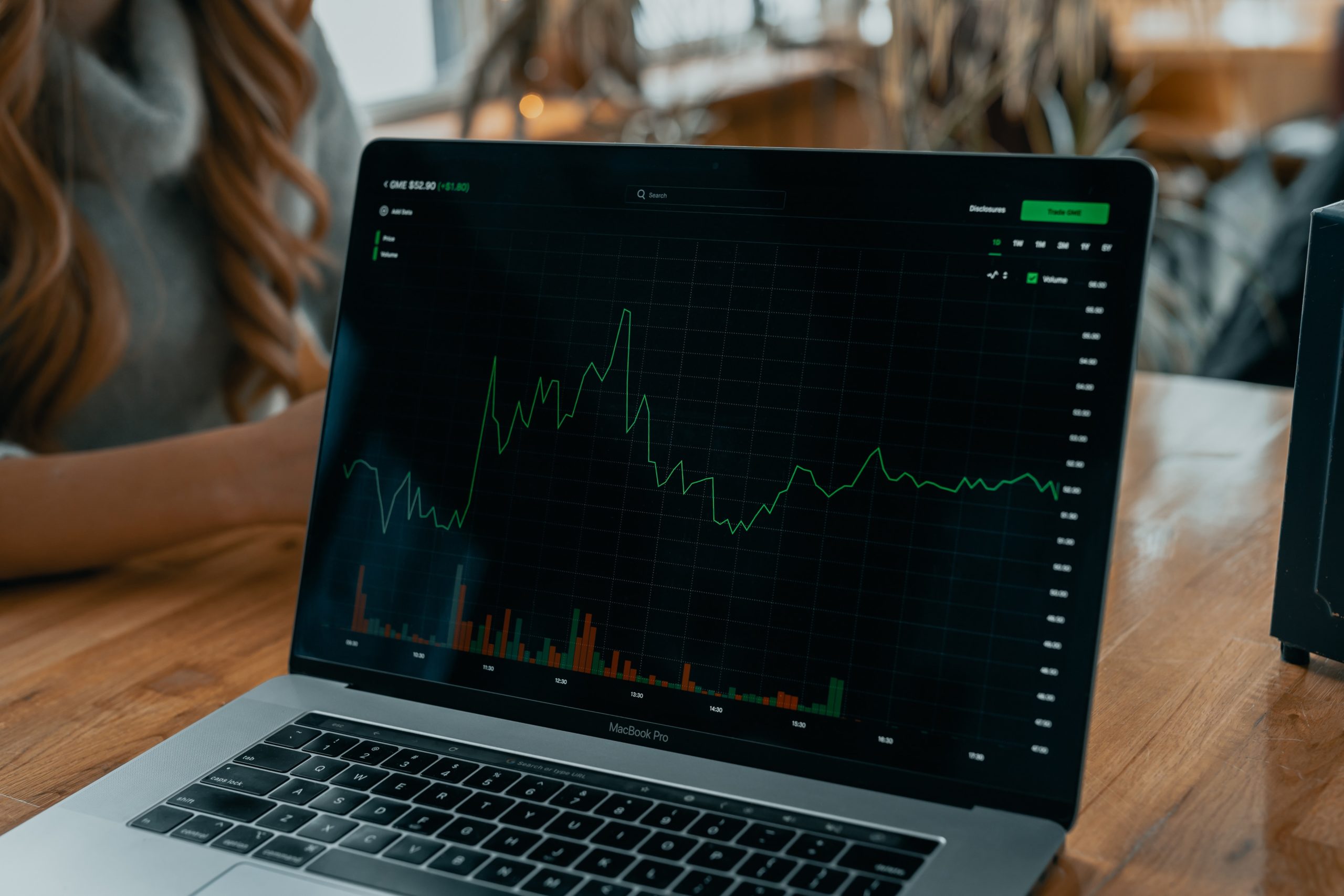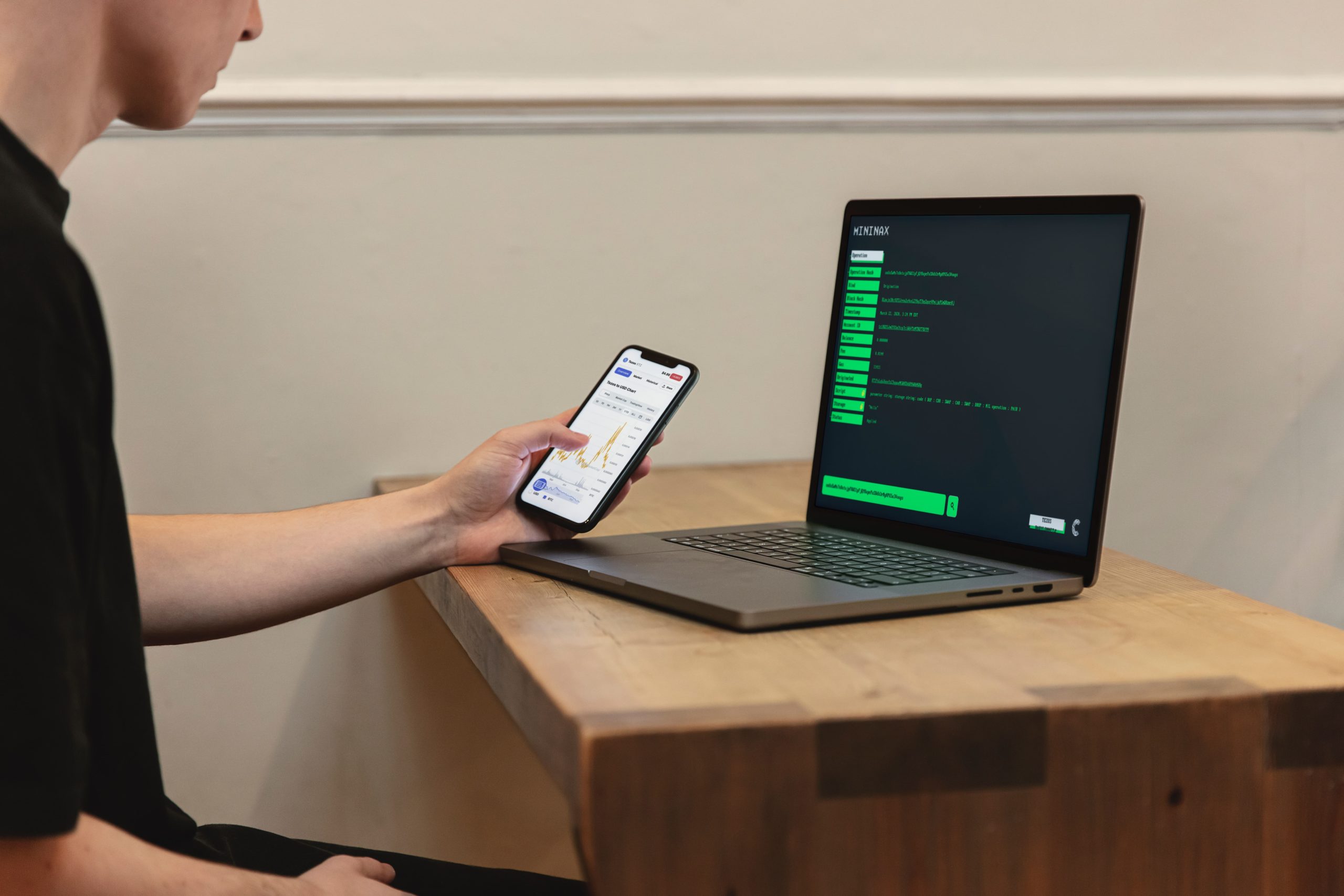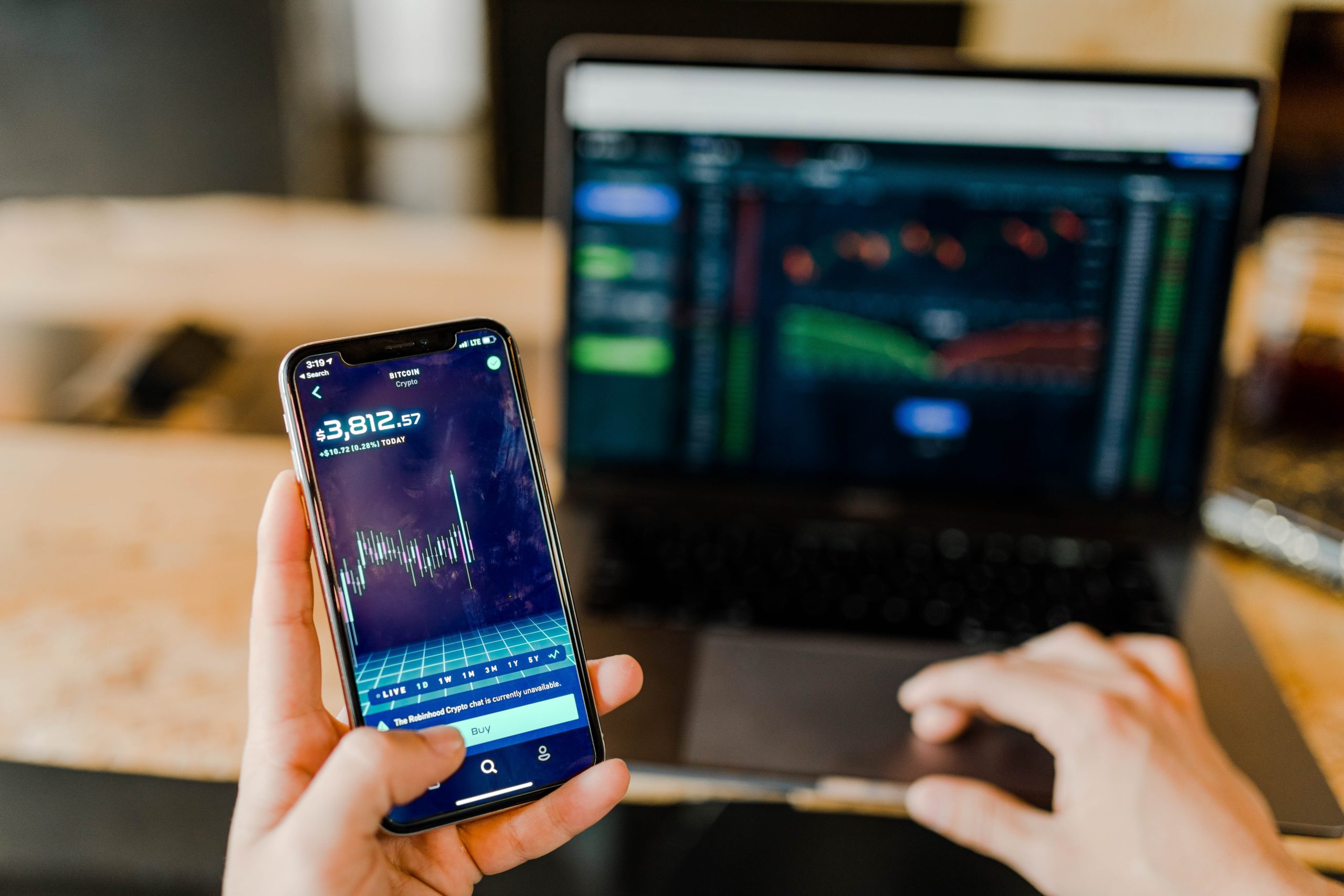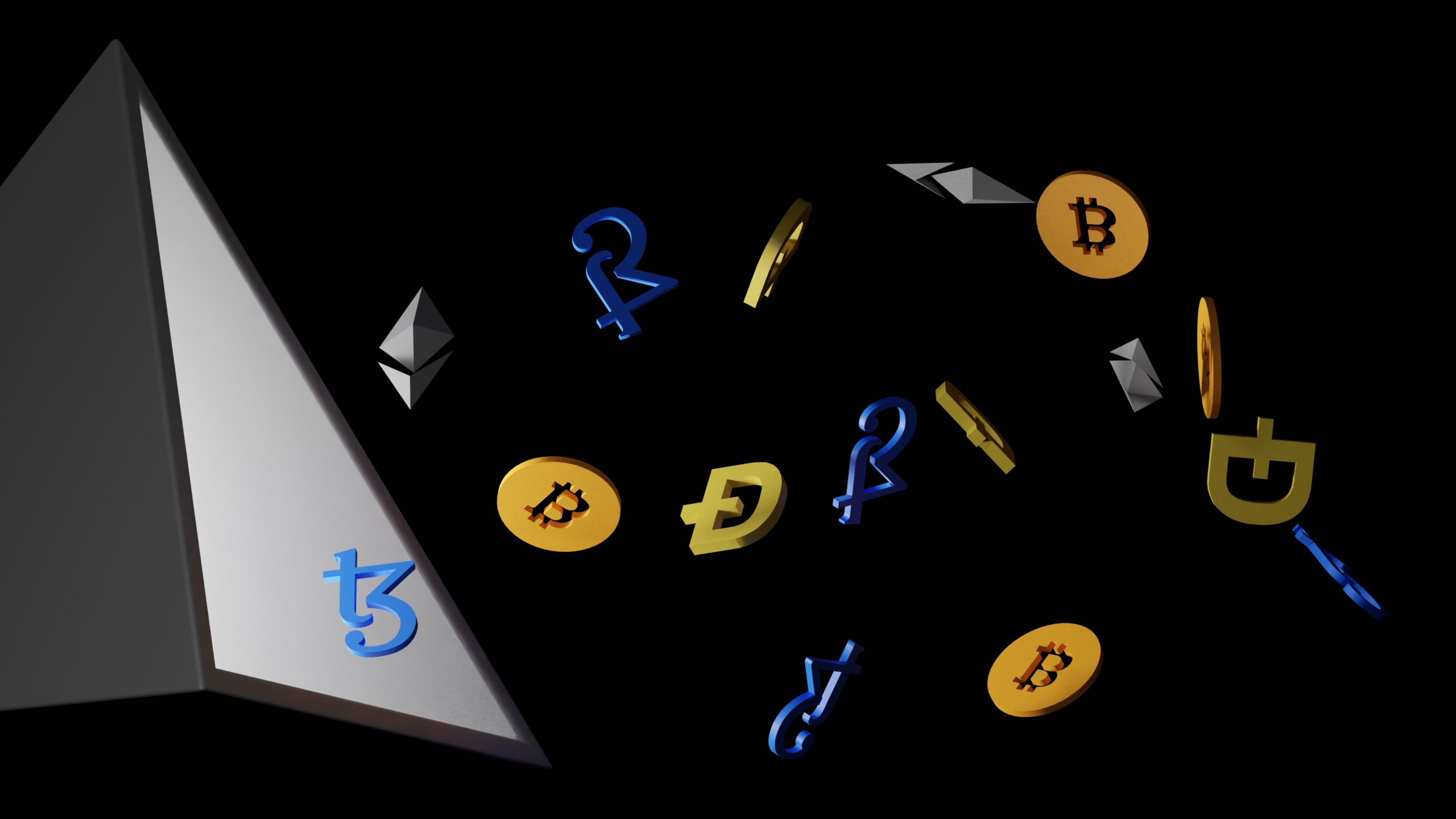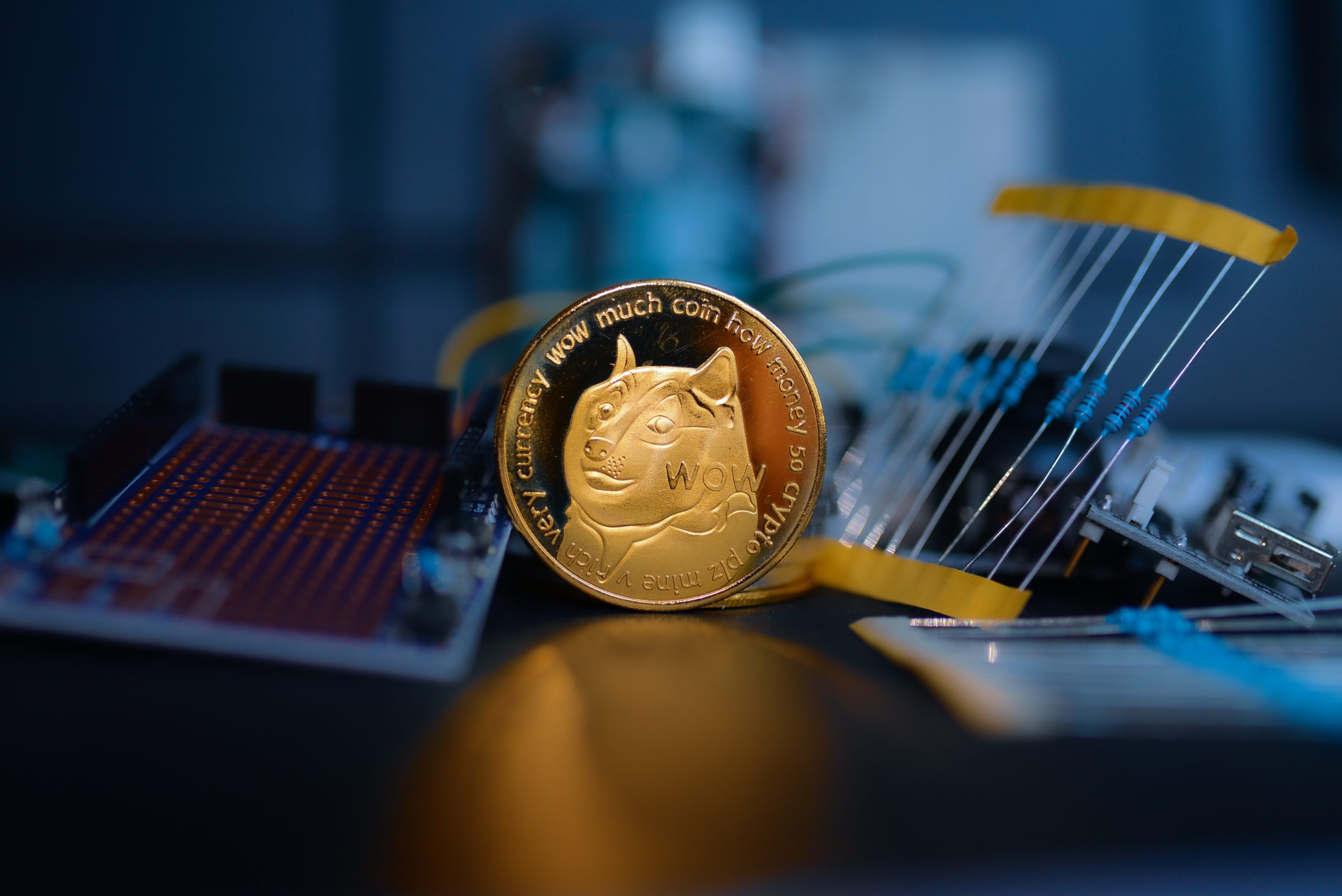Other crypto exchange solutions will be more appealing to most consumers than Bitstamp. The exchange has a higher number of bad ratings than other competitors, as well as high fees, little liquidity, and a limited number of cryptocurrencies.
Bitstamp is one of the oldest cryptocurrency exchanges, trading 56 different coins. Bitcoin (BTC), Ethereum (ETH), Litecoin (LTC), Bitcoin Cash (BCH), and several other major market cap coins are available for trading.
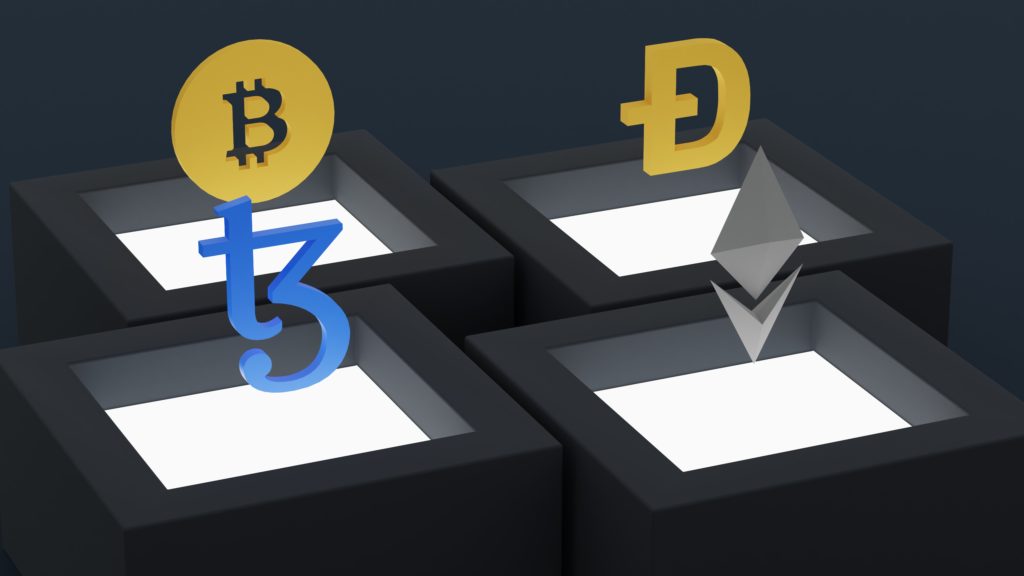
Bitstamp supports both crypto-to-crypto and fiat-to-crypto trading pairings, allowing users to trade cryptocurrencies against each other or the US dollar, Euro (EUR), or British Pound () (GBP). ACH can be used to deposit or withdraw fiat currency. Debit and credit cards are also accepted for deposits and purchases.
Company overview
Bitstamp has been around for nearly as long as cryptocurrency itself. The firm was established in 2011 and is presently headquartered in Luxembourg. It presently has a global workforce of over 400 individuals.
Bitstamp is available in more than 100 countries. Only users who are nationals of specific countries can use a credit or debit card to fund their accounts. Users in the United States can also use ACH deposits, bitcoin, or another cryptocurrency to finance their accounts.
Bitstamp is a good option for beginners who wish to test a smaller exchange instead of the more well-known options. Bitstamp may appeal to those who like to stick to the largest coins, as the exchange offers fewer possibilities than some competitors.
Cryptocurrencies that trade on bitstamp
While Bitstamp may not offer the widest range of coins, it does offer several of the largest and most popular cryptos.
The following is a limited list of cryptocurrencies available for trading on Bitstamp:
- Bitcoin (BTC)
- Ethereum (ETH)
- Ripple (XRP) – Not available in the U.S
- Litecoin (LTC)
- Stellar (XLM)
- OMG Network (OMG)
- Chainlink (LINK)
- Algorand (ALGO)
- Polygon (MATIC)
Trading experience
The basic trading dashboard is accessible through the Bitstamp navigation bar at the top of the screen. The most frequent forms of transactions, such as immediate, market, stop, and limit orders, are supported by the basic dashboard.
Simply select your preferred crypto trading pair and place an order on the right-hand side of the website.
Deposits and withdrawals in crypto (and fiat) are also possible from the basic trading panel. The same section allows you to manage your payment methods. Bitstamp accepts a variety of payment options, including bank wire transfers, ACH transfers (only in the United States), SEPA transfers (only in the Eurozone), credit/debit cards, and crypto payments.
Users can stake various assets using the dashboard in addition to placing orders and managing deposits and withdrawals. Bitstamp currently only accepts two coins for stake: ETH2 and ALGO. Bitstamp charges a 15% commission from the entire user reward pool, although there are no direct fees for staking or unstaking.
Opening a bitstamp account
The account registration process at Bitstamp is very similar to that of other cryptocurrency exchanges. You’ll need to fill out some basic personal information and confirm your email address before you can create a personal account.
Then, using Google Authenticator or Authy, create a complex, unique password and enable multi-factor authentication. To add an extra degree of security, you can enable multi-factor authentication and email verification for important account activity like trading and depositing.
You’ll have to comply with varying know-your-customer (KYC) regulations depending on where you live. A webcam snapshot or video will almost certainly be required for the process. “High-quality photographs of your current and valid identity document (e.g. international passport, national identity card, driver’s license) and a proof of residency document (e.g. utility bill, bank account statement, a government-issued document),” according to Bitstamp.
You should be able to activate your account, log in, and connect a payment method to deposit funds after submitting the appropriate information and documentation. You can also send cryptocurrency from another wallet to Bitstamp. After that, you’ll be able to purchase, sell, and exchange cryptocurrency.
Conclusion
Beginners who want 24-hour phone service and a simple cost structure (but don’t mind a restricted variety of cryptocurrencies) might find Bitstamp to be a good place to start. Intermediate traders may find Bitstamp interesting because of its excellent charting features and consistent uptime, however more advanced users will likely be disappointed.
While Bitstamp may be beneficial to everyone, other choices may be more tempting. Other cryptocurrency exchanges have cheaper costs, and aside from the 24-hour service, Bitstamp doesn’t distinguish.
